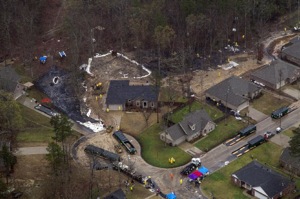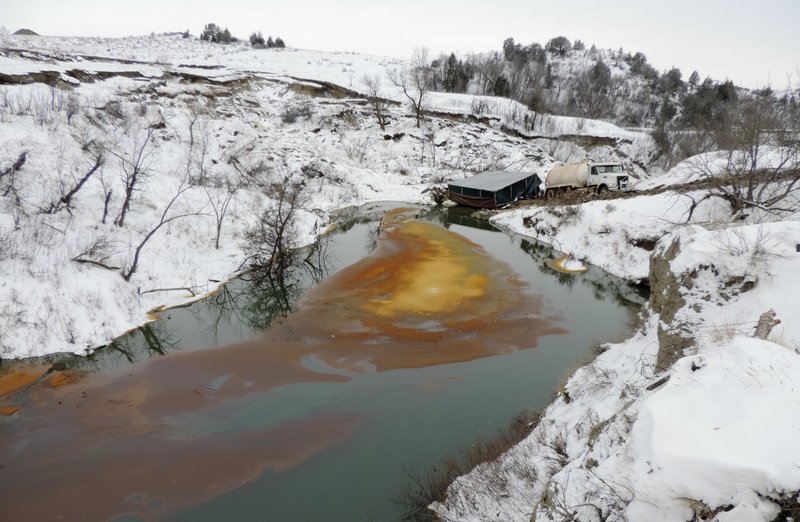BILLINGS, Mont. -- President Barack Obama's administration on Friday scaled back new safety measures for the sprawling network of fuel pipelines crisscrossing the United States, after oil industry complaints that proposed changes would cost companies billions of dollars.

The long-delayed regulations cover almost 200,000 miles of pipelines that transport oil, gasoline and other hazardous liquids. They will be subject to review by Congress and the incoming administration of President-elect Donald Trump, who on the campaign trail was highly critical of regulations that hinder energy development.
If the changes stand, then pipeline companies will be required to conduct more rigorous inspections of lines in rural areas and install leak-detection systems that are meant to speed up emergency response times when accidents occur.
An earlier administration proposal for companies to immediately repair cracks and other problems in their lines was dropped, drawing criticism from safety advocates.
Documents show the pipeline repair criteria were altered, giving companies more flexibility on when to do the work, after a Dec. 12 meeting of officials from the Transportation Department and the White House with representatives of the oil industry.
The American Petroleum Institute complained that the administration's original proposal for repairs, unveiled in late 2015, was too stringent and would cost companies almost $3 billion over the next decade. The industry group argued the high price tag outweighed any benefits from accidents averted.
"Based on information no one else was privy to, they weakened the final rule," said Carl Weimer with the Pipeline Safety Trust, an advocacy group based in Bellingham, Wash. "We hope there's still enough to prevent more of the types of spills we've seen over the past four or five years."
The Pipeline Safety Trust was formed after three children were killed when a gasoline pipeline broke in 1999, leaking fuel for 1½ hours before it exploded.
Thousands of pipeline accidents over the past decade, including one in Mayflower in March 2013, caused $2.5 billion in damage nationwide and dumped almost 38 million gallons of fuel.
John Stoody with the Association of Oil Pipelines said it was important for companies to have enough flexibility in repairs so they could concentrate their work where spills could cause the most harm, such as in cities or beneath water bodies.
"We should put resources where we have the most impact on pipeline safety," Stoody said.
The new regulations go into effect in roughly six months, meaning the Trump administration could seek to block or modify them. Trump's transition team did not immediately respond to a request for comment.
Transportation Department spokesman Allie Aguilera said the government and industry were "on the same page on safety," suggesting there would be no need to overturn the rule.
The American Petroleum Institute issued a statement saying the rule was an improvement over the original proposal but retained provisions that would force companies to divert attention from areas of highest risk.
Previous industry regulations applied primarily to pipelines in so-called high consequence areas with large populations or environmentally sensitive features such as drinking water supplies.
Pipelines outside those areas were not required to be inspected with mechanical devices known as "pipeline pigs," which travel inside the pipe looking for flaws. The rules announced Friday will require the use of pipeline pigs on large transmission pipelines that run beneath the land, but federal officials dropped their proposal to require use of the devices offshore.
A Section on 01/15/2017
